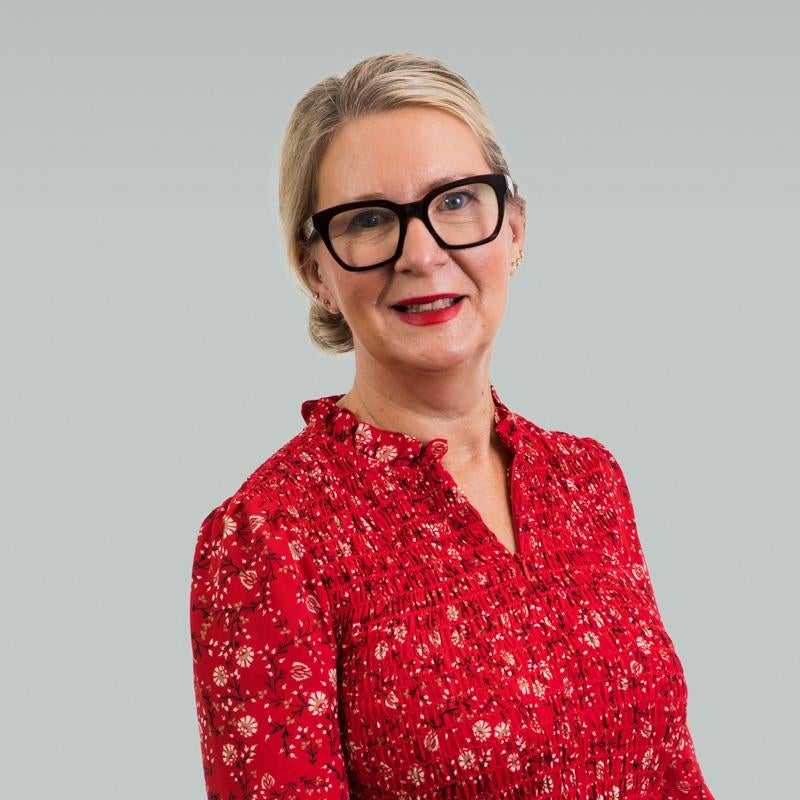Press release by Marks Sattin – Women in accountancy earn £17,000 less than men. However the gender pay gap is shrinking
– Total remuneration for women in accountancy stands at an average £67,680 – men earn £84,970
– Average bonuses for men are equal to 18.2% of their basic salary and 13.9% for women
– However, the gender pay gap is shrinking as women’s pay packages increase over last three years
Women in accountancy earn £67,680 on average, whereas their male colleagues earn £84,970 – a gender pay gap of £17,000, according to research by specialist accountancy and financial recruiter Marks Sattin.
For a man the basic salary in accountancy is £71,890 and the average for a woman is £59,420, meaning women’s average basic salaries are 83% of those awarded to men.
Looking particularly at the bonus element, the gap is even wider. The average bonus received by men as a percentage of their basic salary is currently 18.2% whereas women achieve bonuses at 13.9% of basic salary. In monetary terms this means bonuses for women in accountancy are £8,260, which is 36.9% less than the amount received by men, £13,080.
However, the accountancy industry is doing better than the UK as a whole when it comes to salary equality. According to estimates from the Office for National Statistics[1], the gender pay gap across all sectors stands at 19.2%, which means women earn approximately 81% of a man’s salary on a national level.
How well do you really know your competitors?
Access the most comprehensive Company Profiles on the market, powered by GlobalData. Save hours of research. Gain competitive edge.

Thank you!
Your download email will arrive shortly
Not ready to buy yet? Download a free sample
We are confident about the unique quality of our Company Profiles. However, we want you to make the most beneficial decision for your business, so we offer a free sample that you can download by submitting the below form
By GlobalDataThe situation is improving, and the pay gap shrinking, as overall remuneration packages for women in accountancy increase. Between 2013 and 2015 the average basic salary for women increased 3%, from £57,650 to £59,420. Bonuses for women are also on an upward trajectory, increasing from £7,150 in 2013 to £8,260 in 2015 – an increase of 15.5%. This monetary increase in the average bonus for women is a combination of an increased basic salary but also an uplift in the level of bonus awarded as a proportion of basic salary. Bonuses for women stood at 12.4% of basic salary in 2013 but this now stands at 13.9%.
Dave Way, Managing Director at Marks Sattin, commented:
"Earning equality between the genders is crucial for ensuring we continue to attract the highest calibre of talent to the profession but, in our experience, as accountants become more senior the pay gap often becomes wider. The reasons for this discrepancy are numerous and complex, but the starkness of the gulf means that firms and in-house teams must ensure they have clear policies which ensure women are just as encouraged as their male colleagues to excel in their careers and they realise that opportunities are equally within their reach. This can be as simple as making sure that female role models are identified and promoted and offering more flexible working arrangements where necessary.
"Our research is promising for accountancy as it shows the pay gap is closing. The imperative for large companies to publish their gender pay gap from 2018 should galvanise further positive action and internal programmes to drive change. The accountancy industry itself is making strides toward equality, for example industry leader Deloitte spearheaded the issue last year by publicising its gender pay gap in advance, before it is compulsory to do so, and also attracted praise for promoting a swathe of talented women to partner level. EY[2] is also accelerating change in this space by making the link between gender equality in the work place and wider productivity and economic prosperity. After all, women make up 50% of the global workforce and it makes business sense for that talent to be optimised as much as that of their male colleagues."
All things equal?
Marks Sattin’s research also identified a discrepancy in the salary increase seen as acceptable by men and women, as offered by a prospective employer, in order to motivate them to change role. Women perceive an offer of a 14% salary increase to be acceptable whereas men indicated 16%.
When asked about the reason they last moved role, the most popular reason given by both men and women was career development, with 39% of men and 32% of women embarking on their current role for the enhanced career development prospects.
Furthermore the proportion of male and female accountants who left their previous job primarily to achieve a better balance between their work and home life was similar, with 12% of men identifying this as their driver and 15% of women doing so.
Dave Way said:
"Our research shows men and women in the accountancy industry are highly ambitious but there is inconsistency in how they perceive their value as employees, with men seeking a higher salary uplift in order to move role. It is vital that employers are very clear when appraising performance and identify areas where improvement is needed but also where their employee excels. Men and women need to know that opportunities for career progression are open to them equally, subject to strong personal performance."
Data Sources:
Data on men and women’s salaries is taken from the Marks Sattin Salary Surveys from 2013, 2014 and 2015. The Salary Surveys attract responses from approximately 2,000 accountancy professionals.
[2] See EY’s report: Women. Fast forward. The time for gender parity is now






